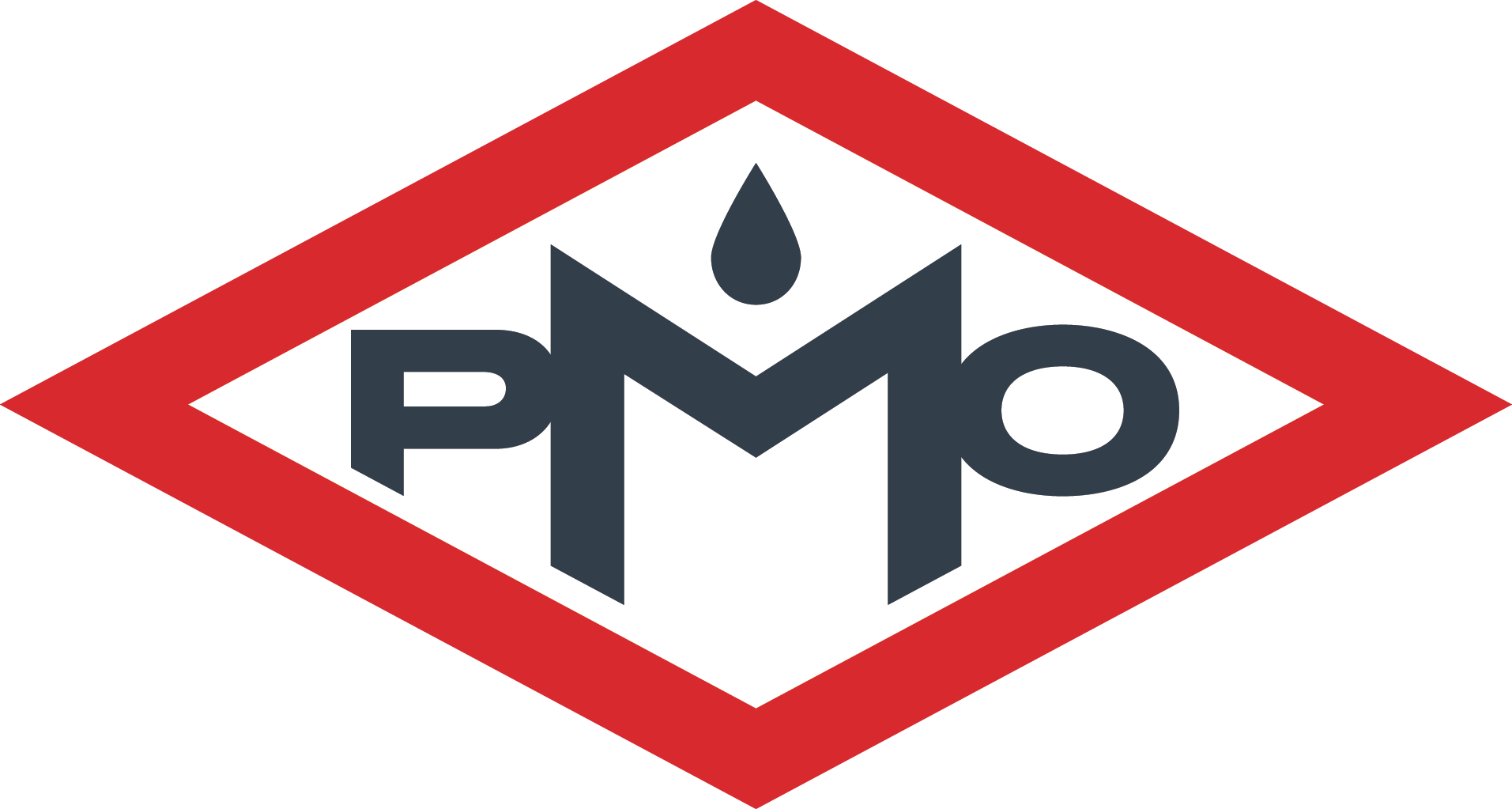3 Storage Tips for Your Onsite Diesel Exhaust Fluid Supply
In 2010, the EPA altered its emission regulations for three-quarter and one-ton trucks in an effort to help curb emission-related air pollution. In response to these new standards, truck manufacturers began including selective catalytic reduction systems in the diesel-powered vehicles they produce each day.
Diesel exhaust fluid (DEF) is an essential component in these selective catalytic reduction systems. An onsite supply of DEF will ensure that your trucks always have access to the quality DEF they need to run efficiently.
Proper storage conditions are essential when it comes to preserving the integrity of your onsite DEF supply over an extended period of time.
1. Store DEF at the Right Temperature
Temperature control can have a significant impact on the shelf life of your DEF supply.
Experts recommend that you store your DEF at a temperature between 12 degrees Fahrenheit and 86 degrees Fahrenheit. Exposure to temperatures outside of this range can compromise the quality of your DEF supply.
Low temperatures cause DEF to freeze, and you will have to wait until the DEF has thawed completely before using it in your trucks. High temperatures contribute to the formation of ammonia in the DEF. Ammonia reduces DEF quality and could negatively affect the performance of your truck over time.
Storage temperatures below 65 degrees Fahrenheit are recommended. If you maintain a constant temperature of 65 degrees or less when storing your DEF onsite, you can store your DEF for up to two years without compromising the quality of the solution.
2. Store DEF Away From Direct Sunlight
The location of your onsite DEF storage tank can directly impact the quality of your DEF supply. You should place all holding tanks in shielded areas away from direct sunlight to prevent evaporation.
DEF is a non-hazardous solution that is made up of urea and deionized water. The urea concentration of your DEF needs to be at least 32.5% by weight in order to ensure your trucks can meet EPA emissions guidelines.
Direct sunlight can cause some of the water within your DEF to evaporate. Evaporation alters the urea concentration of the DEF, reducing its effectiveness and shortening its usable lifespan.
Keep your onsite DEF storage tanks in a shaded or indoor space to minimize evaporation and ensure the quality of your DEF supply over time.
3. Use a Closed-Loop DEF Transfer System
A closed-loop transfer system allows you to move DEF from your onsite storage tank to the holding tanks on your trucks without risking contamination.
DEF is extremely sensitive to chemical impurities. The smallest amount of phosphorus, magnesium, calcium, sodium, or potassium could compromise the entire contents of your DEF storage tank.
In fact, DEF is so sensitive to contamination that even trace amounts of tap water left behind after cleaning your storage equipment could alter the composition of your DEF supply and compromise its purity.
With a closed-loop transfer system, your DEF has virtually no exposure to outside contaminants.
As long as you keep the area around each truck's DEF tank opening clean so that contaminants are not introduced into the tank when the fill nozzle is inserted, a closed-loop transfer system should help you avoid any engine shutdowns, selective catalytic reduction system malfunctions, and other types of engine damage that are caused by the use of contaminated DEF reserves.
It's important to know what you are putting into the DEF tanks of your trucks. Proper storage techniques will allow you to maintain an onsite supply of DEF that meets the high standards and regulations set forth by the EPA.
Contact
Paul Murray Oil today to learn more about onsite DEF delivery and storage.
